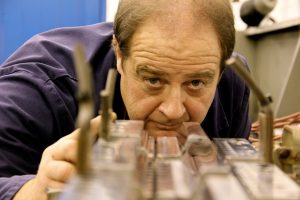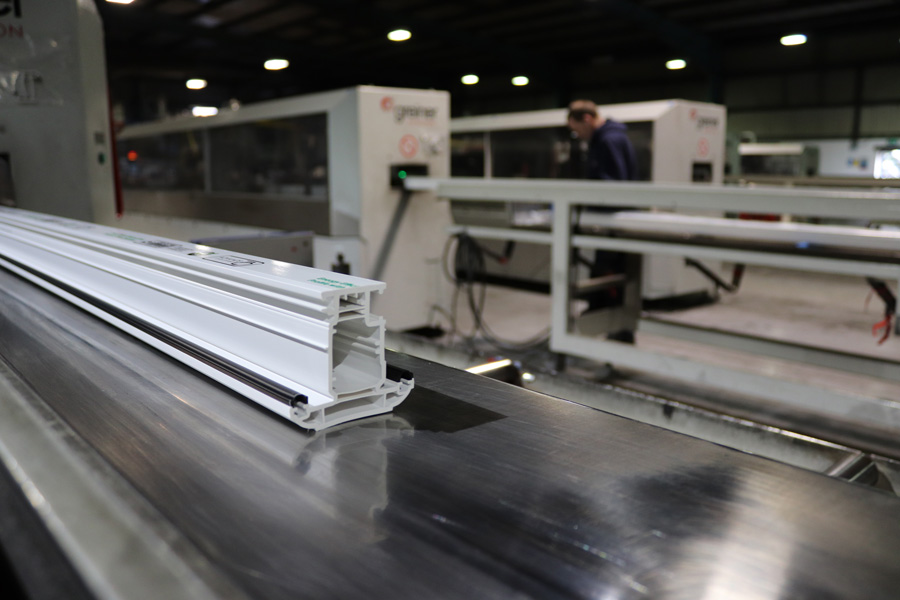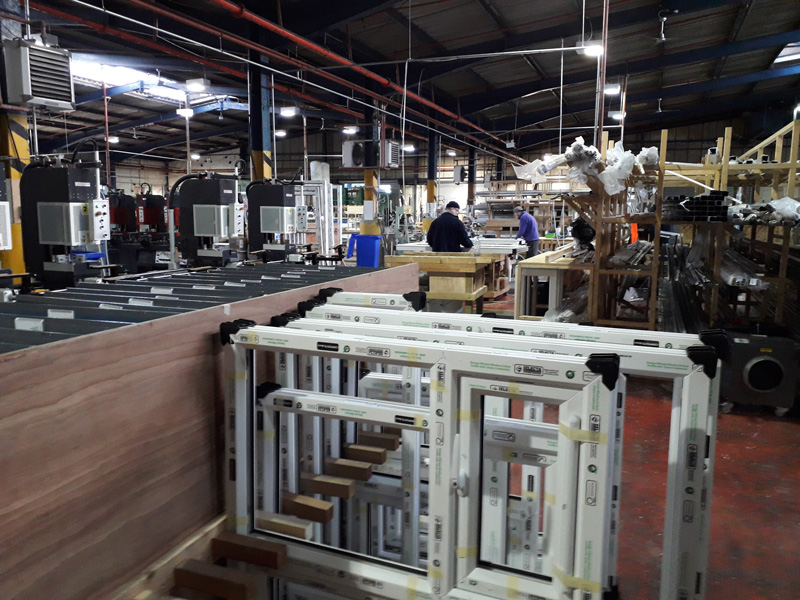Research, Development & Design

Selecta Systems are committed to an ongoing Research and Development Programme and continually strive to improve their products and services.

Selecta Systems are committed to an ongoing Research and Development Programme and continually strive to improve their products and services.
All Selecta Profile Systems are extruded in the heart of the UK at our state-of-the-art extrusion plant in Birmingham.
Profiles are extruded and tested for compliance to BS EN 12608-1:2016 with focus placed on thermal efficiency, sound insulation and product performance.
Materials are tested in accordance with and to BS EN 477:2018 (cold impact testing), BS EN 478:2018 (heat ageing), BS EN 479:2018 (heat reversion) and numerous other property checks.
As part of the Selecta Systems Quality Management System (ISO9001:2015) testing procedures are rigorous to avoid such detrimental effects that can occur including buckling and distortion. External audits for BS EN 12608-1:2016 / PAS 24:2016 (enhanced security performance) are also tested on a regular basis.


Selecta Systems do not fabricate, install or sell windows and doors to the public and only supply to the trade. Selecta have a network of fabricators and installers throughout the UK whom have been approved and endorsed by Selecta to manufacture their windows and doors. Not just anyone can fabricate Selecta products!
The network of approved Selecta fabricators have undergone a course of training by Selecta engineers to ensure they have adequate knowledge, skills and competence, and that the fabrication of Selecta products are carried out to a high standard.
Periodic service calls ensure that the approved fabricators continue to fabricate Selecta’s products to that high standard which Selecta demands.
What this means to the consumer is that your windows and doors have not only been extruded and tested to comply with industry standards, but also that the fabricator has met the criteria determined by Selecta for the fabrication of Selecta products.
A brief example of the PVCu window and door supply chain!
Click here to view our FAQs +Selecta Systems extrude and stock the PVCu window and door profile sections in 6 metre lengths at their Birmingham factory and warehouses.
Selecta Systems distribute and supply hundreds of window and door fabricators across the UK with 6 metre lengths of the PVCu profiles.
The fabricator will manufacturer the windows and doors, adding their own glass, hardware and furniture from their preferred supplier network.
The manufactured windows and/or doors are installed in the property by the fabricators installation team or supplied to a trade installer for fitting.